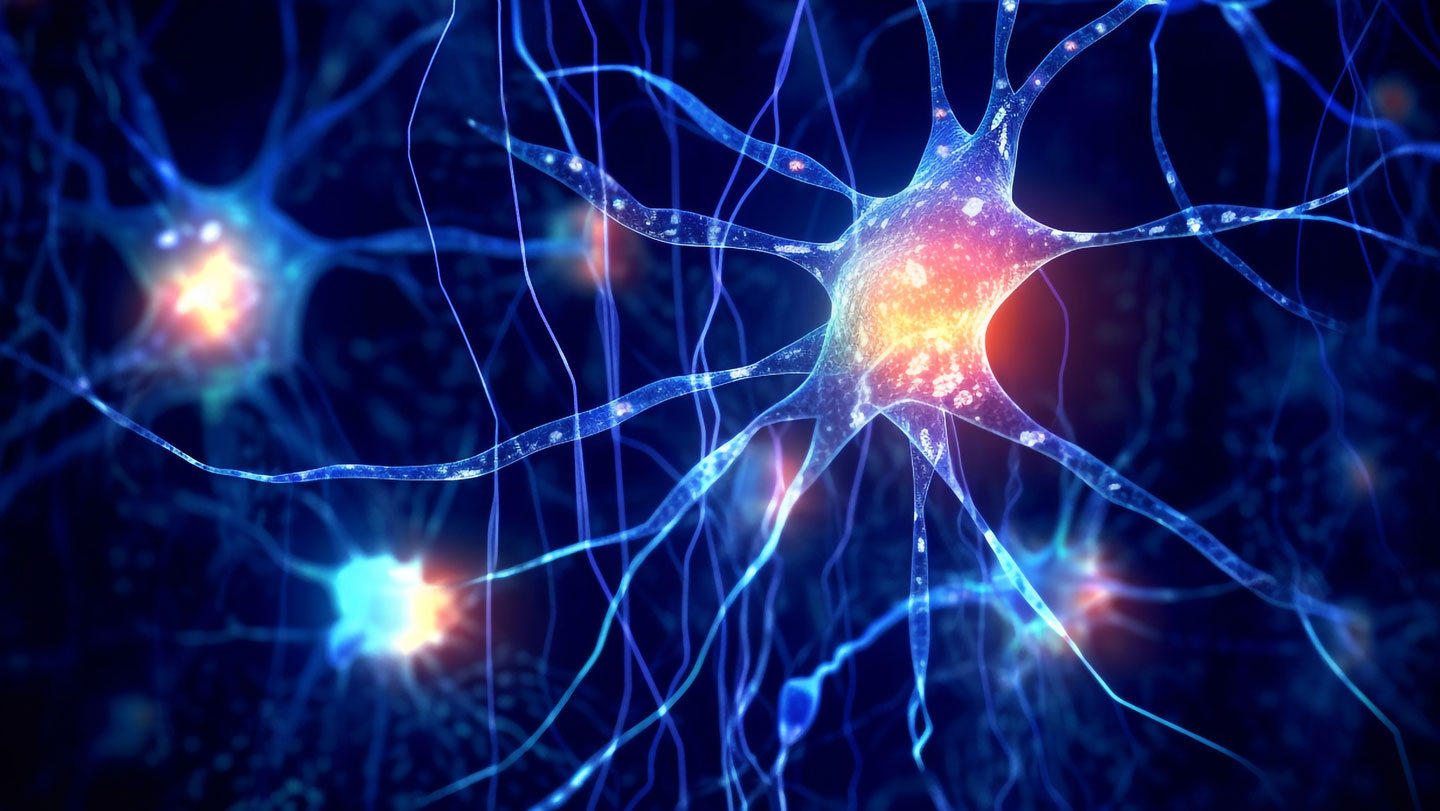Brain cells named for stars are finally getting their time to shine. Three distinct studies, published May 15 in Science, show that astrocytes, once thought of as support cells, powerfully shape how brains work.
These findings — from the brains of fruit flies, zebrafish and mice — open new possibilities for therapies aimed at mental illnesses such as depression and schizophrenia. They could also lead to a deeper understanding of how current therapies work.
Astrocytes used to be thought of as helpers, assisting with grunt work in the brain. These starburst-shaped cells clean up waste between nerve cells, serve as barriers that keeps harmful threats out of the brain and guide nerve cells into forming connections with each other.
What’s more, these cells are everywhere. Estimates vary, but astrocytes may constitute about 20 percent of brain cells, says Kevin Guttenplan, a coauthor of one of the new studies and neuroscientist at Oregon Health and Science University in Portland. Astrocytes grow until they meet another astrocyte, and form thousands of connections with other cells, “which means that every square millimeter of the brain is within the domain of an astrocyte,” Guttenplan says.
Recent discoveries have revealed that the roles of astrocytes include a more sophisticated job: influencing messages at synapses, the connections between two nerve cells or neurons, and influencing behaviors. But how astrocytes were contributing to these neural conversations wasn’t clear.
Unlike neurons, astrocytes don’t generate obvious pulses of electrical activity. “They were considered to be silent,” says cell biologist and neuroscientist Cagla Eroglu, a Howard Hughes Medical Institute Investigator at Duke University. That silence may have misled scientists into believing astrocytes weren’t important in sending signals. “Because of the way that we used to study neural modulation in the past, we may have overlooked the important contributions of astrocytes,” Eroglu says.
The new results, along with a growing body of research, suggest that astrocytes sense key chemical messages that were commonly thought to be intended for neurons and, in response, change the activity of neurons around them. Astrocytes seem to act as necessary intermediaries that sense key messages and relay them to nerve cells as needed.

In the spinal cord equivalent of a fruit fly, for instance, a chemical signal called tyramine dramatically changes astrocytes. Tyramine is a “pay attention” signal, enabling astrocytes to respond to other chemical messages, including dopamine, the researchers found. Without the tyramine signal, astrocytes don’t respond to dopamine and other messages.
The existence of this switch was “stunning,” says study coauthor Marc Freeman, also of Oregon Health and Science University. “The fact that an arousal cue could take an astrocyte from ignoring all of those major neurotransmitters to suddenly listening to everything … it boggles the mind when you think about the implications.”
Astrocyte signaling, other experiments revealed, is deeply involved in what Guttenplan calls a “goofy” behavior — flipping larval fruit flies onto their backs and seeing how long it takes them to flip back over. He compares the maneuver to a person trying to roll over while zipped tight in a sleeping bag. It sounds trivial, but “for larvae, it’s a life-or-death behavior.”
When scientists artificially primed astrocytes to be sensitive to dopamine, larvae were faster at righting themselves. And when astrocytes weren’t able to sense dopamine, larvae were slower to flip over. “There’s specificity to [astrocytes] being able to turn on and off the different knobs,” Guttenplan says. “It has effects on [neural] circuits as well as on whole animal behavior.”
Similar findings came from a study on larval zebrafish, which found that astrocytes could change brain cell activity and control the animals’ behavior. And even more evidence comes from mouse brain cells, where astrocytes sensed norepinephrine, the mammalian counterpart of tyramine, and then altered nerve cell behavior.
Together, these studies offer a more holistic view of how information can move through brains, Eroglu says. “You need the astrocyte intermediary. It is not that the neurons do not sense [the chemical signals]. They do. But the brain is not wired that way. It’s wired in a way that there is an astrocyte intermediate.”
This intermediate step raises all sorts of questions about drugs commonly thought to target neuron behavior, such as selective serotonin reuptake inhibitors, or SSRIs. These medications might be working on astrocytes as well. And given astrocytes’ far reach, that’s an intriguing possibility, Guttenplan says.
Understanding why brains evolved to include this layer of astrocyte oversight is a big question, Eroglu says. “There is something really beautiful here that remains to be understood.” She points to a warning issued from her former advisor, the late Ben Barres, a glial cell pioneer at Stanford University: Ignoring the astrocyte is always a mistake.










